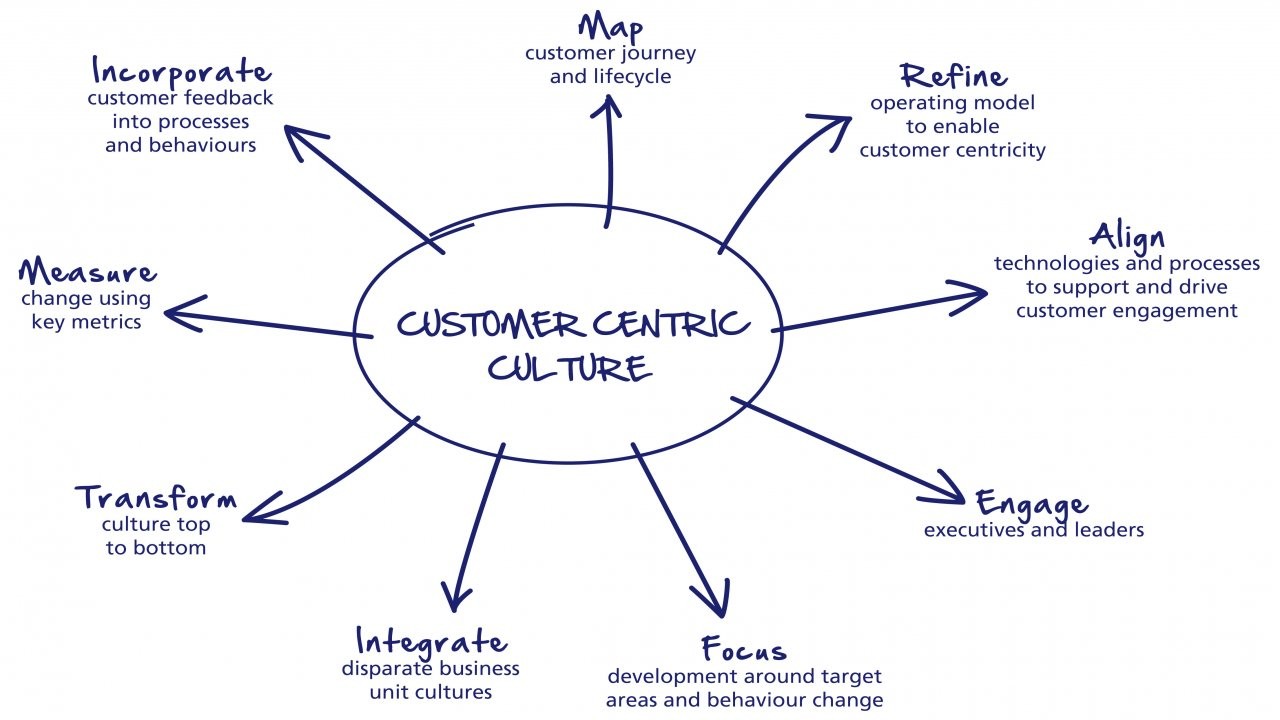Putting Customers First: Building Trust and Loyalty
In today’s competitive business landscape, one of the key factors that can set a company apart is its ability to prioritize the needs and desires of its customers. By putting customers first, businesses can build trust and loyalty, ultimately cultivating long-lasting relationships that benefit both parties.
So, how can a business truly put its customers first? It starts with understanding their needs and preferences. This means actively listening to feedback, whether it’s through direct communication, surveys, or social media. By paying attention to what customers are saying, businesses can tailor their products and services to better meet their expectations.
Building trust with customers is another crucial element of putting them first. Trust is earned through consistent and reliable service, transparent communication, and a commitment to delivering on promises. When customers trust a business, they are more likely to remain loyal and recommend it to others.
Loyalty, in turn, is a reflection of the trust and satisfaction that customers feel towards a business. By fostering a sense of loyalty among customers, businesses can create a dedicated customer base that continues to choose their products and services over those of competitors.

Image Source: licdn.com
In order to truly put customers first, businesses must also prioritize customer service. This means providing timely and efficient assistance, resolving issues promptly, and going above and beyond to exceed customer expectations. By offering exceptional customer service, businesses can show customers that their satisfaction is of the utmost importance.
Another way to build trust and loyalty with customers is through personalized interactions. Taking the time to get to know individual customers, their preferences, and their buying habits can help businesses tailor their offerings to better meet their needs. Personalized interactions can make customers feel valued and appreciated, strengthening the bond between them and the business.
Ultimately, putting customers first is about more than just making a sale. It’s about creating a positive and memorable experience for customers at every touchpoint, from initial contact to post-purchase support. By prioritizing the needs and desires of customers, businesses can build trust, loyalty, and long-lasting relationships that benefit everyone involved.
In conclusion, putting customers first is essential for businesses looking to cultivate strong relationships with their audience. By building trust, fostering loyalty, and providing personalized interactions, businesses can create a customer-centric culture that sets them apart from the competition. When customers feel valued and appreciated, they are more likely to remain loyal and recommend the business to others. By prioritizing the needs and desires of customers, businesses can create a strong foundation for success.
The Power of Personalized Interactions: Connecting with Your Audience
In today’s competitive business landscape, it’s more important than ever to create a customer-centric approach in order to stand out from the crowd. One of the most effective ways to do this is by focusing on personalized interactions with your audience. By taking the time to truly connect with your customers on a personal level, you can cultivate strong relationships that will keep them coming back for more.
Personalized interactions go beyond simply addressing your customers by name. It’s about understanding their needs, preferences, and habits in order to tailor your products or services to meet their specific desires. This level of personalization shows your customers that you care about them as individuals, rather than just as a source of revenue.
There are several ways to incorporate personalized interactions into your business strategy. One effective method is to gather data on your customers through surveys, feedback forms, or social media engagement. By collecting information on their buying habits, interests, and demographics, you can create targeted marketing campaigns that speak directly to their needs.
Another way to personalize interactions with your audience is through personalized communication. Instead of sending generic emails or messages, take the time to address each customer individually and provide them with relevant information or offers based on their previous interactions with your brand. This level of attention to detail will show your customers that you value their business and are willing to go the extra mile to meet their needs.
In addition to personalized marketing and communication, offering personalized products or services can also help you connect with your audience on a deeper level. Whether it’s creating custom products, offering personalized recommendations, or providing tailored services, giving your customers the option to personalize their experience with your brand can set you apart from the competition.
One successful example of personalized interactions in action is the beauty industry. Many makeup brands now offer personalized makeup kits based on the customer’s skin tone, preferences, and concerns. By tailoring their products to meet the specific needs of each customer, these brands are able to create a more meaningful connection with their audience and build long-lasting relationships.
In conclusion, the power of personalized interactions cannot be understated when it comes to creating a customer-centric business. By taking the time to understand your audience and tailor your products, services, and communication to meet their specific needs, you can cultivate strong relationships that will keep them coming back for more. So, don’t underestimate the impact of personalized interactions – they could be the key to unlocking long-term success for your business.
How to Cultivate a Customer-Centric Business Model